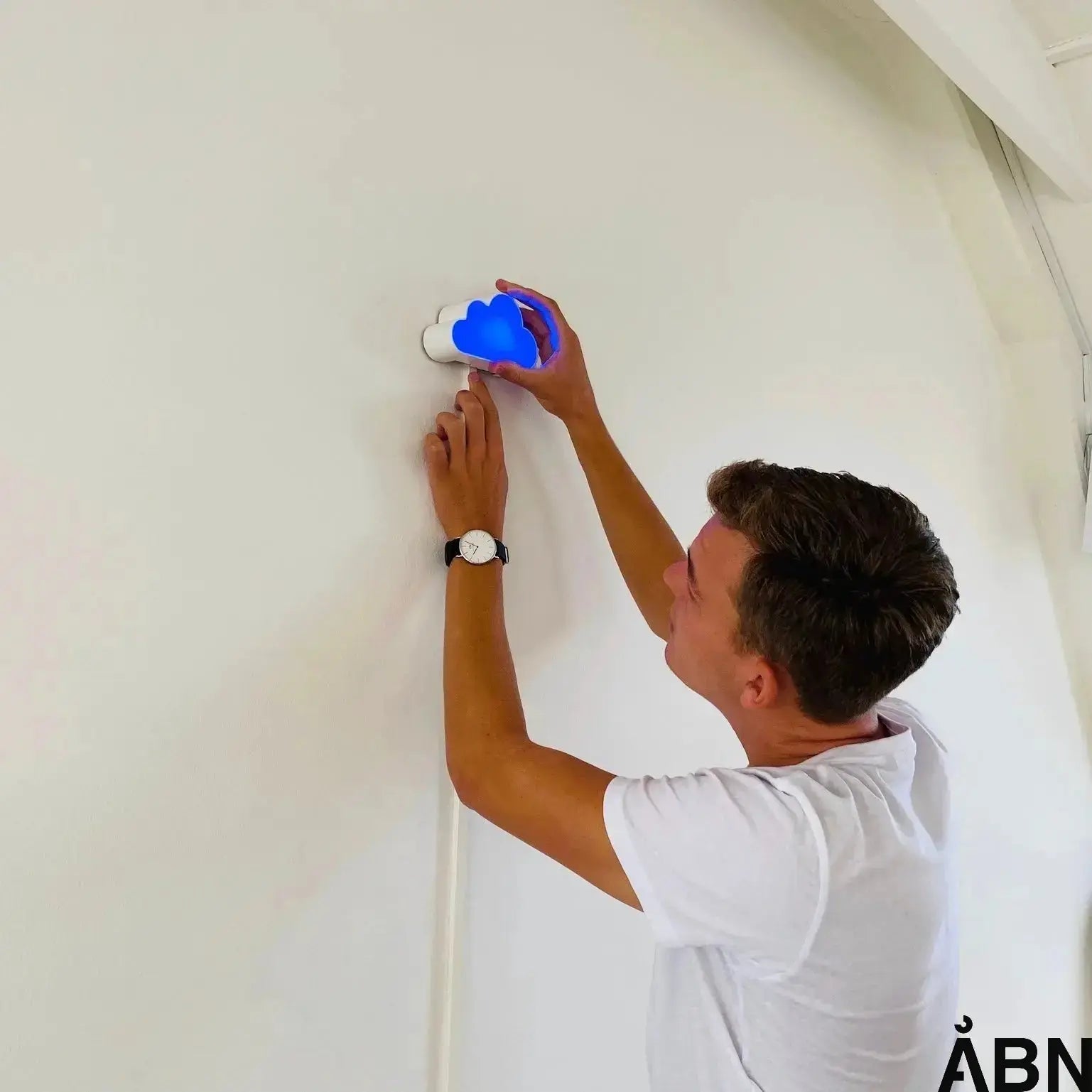To provide a quick overview of the quality of the indoor climate, SKYEN has an overall rating on a scale from A (very good) to G (very bad) . This rating is calculated based on six key indoor climate parameters, each with its own scale:
How is the indoor climate assessed?
Each of the following parameters is assessed individually on an AG scale:
-
CO₂ concentration (ppm) – indication of air quality and ventilation
-
Temperature (°C) – assessment of thermal comfort
-
Relative humidity (%) – balanced humidity for a healthy indoor climate
-
Sound level (dB) – noise impact in the room
-
Light level (lux) – sufficient light for work tasks
-
Total Volatile Organic Compounds (TVOC) (ppb) – airborne chemicals from materials, furniture and products
Each parameter is assigned a score between A and G based on established limit values. For example, means CO₂ ≤ 800 ppm one A rating , while CO₂ > 1800 ppm gives a G-rating .
How is the overall rating calculated?
The overall indoor climate assessment is calculated by weighting the individual parameters:
-
CO₂ concentration (30%) – most important parameter for air quality
-
Temperature (20%) – essential for comfort and productivity
-
Relative humidity (20%) – important for health and well-being
-
Sound level (10%) – affects concentration and working environment
-
Light level (10%) – necessary for optimal visual comfort
-
TVOC (10%) – measures chemical compounds in the air
The assessment takes into account data from the last 7 days and focuses on the usage period between 8 a.m. and 4 p.m.
How is the assessment interpreted?
-
AB: Optimal indoor climate – healthy and comfortable conditions
-
CD: Acceptable indoor climate – room for improvement
-
EGGS: Poor indoor climate – recommended action
This makes it easy for SKYEN users to understand and act on indoor climate data in real time. If you want a more detailed analysis of the individual parameters, you can click on the individual measurement in the dashboard.









